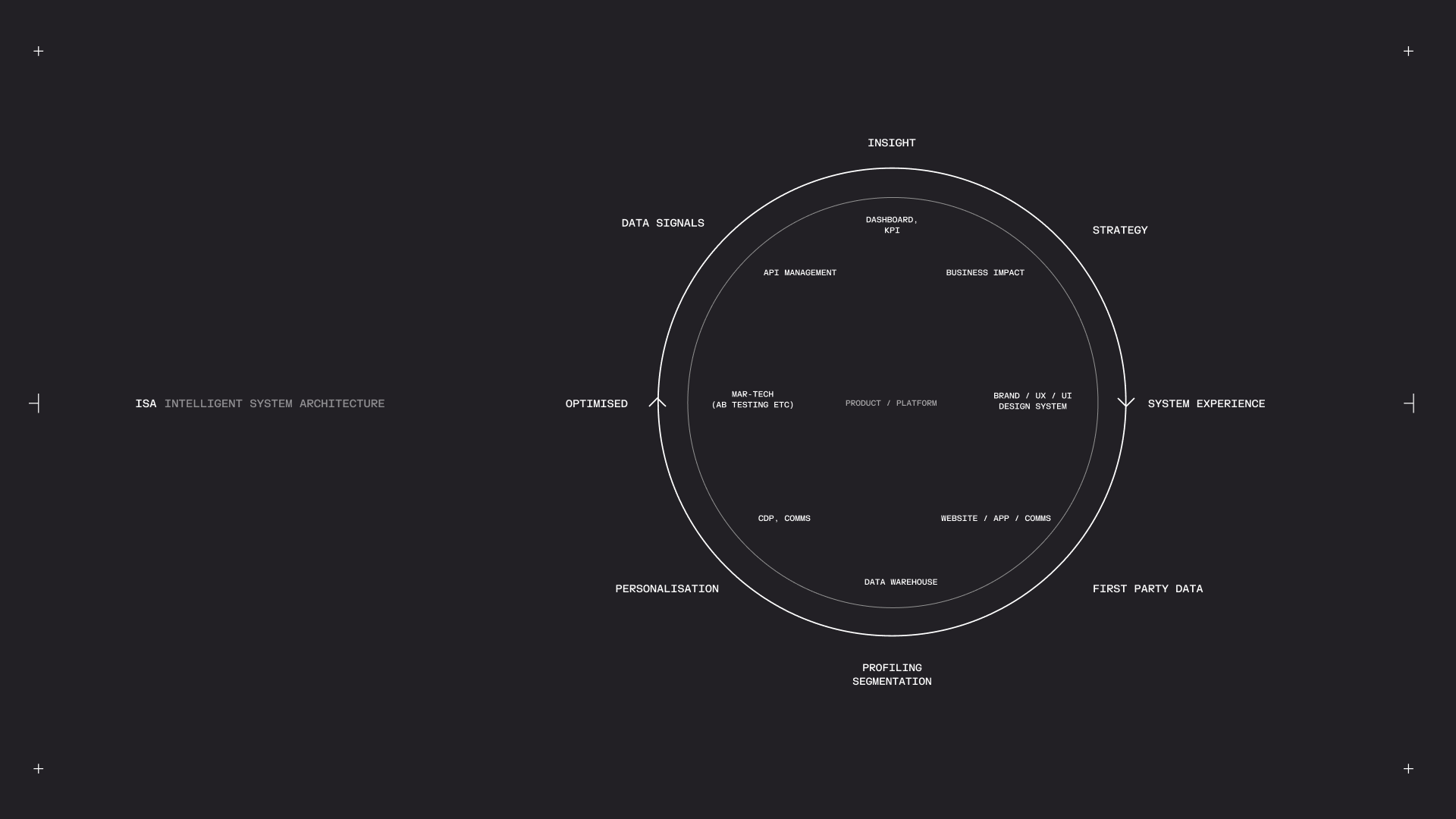
Martijn van der Does
Executive Design Director
24 July 2025, 5 minutes
Turning Proofs of Concept into real outcomes: Agentic AI stands or falls with data
Reader's note
Based on an interview with Martijn van der Does and published in collaboration with Emerce, this article has been translated for broader reach. Find the original on emerce.nl.
Agentic AI is on the roadmap for many organizations, but more than 40% of these projects will fail. The main reason: AI backfires without high-quality data.
According to Gartner, Agentic AI is currently in the hype phase. It’s expected that by 2025, 60% of all new AI applications will include an AI Agent—a system that independently makes decisions and takes actions to achieve goals. This market is projected to grow from $2.9 billion in 2024 to $48.2 billion in 2030. According to SS&C Blue Prism’s The State of AI report, 29% of organizations already use Agentic AI, and 38% plan to adopt it.
But what comes after Gartner’s “Peak of Inflated Expectations” in the hype cycle? The “Trough of Disillusionment”: more than 40% of Agentic AI projects will fail before 2027. Between ambition and realization lies a stubborn reality. So how do you prevent your AI Agent initiative from becoming an expensive failure?
Start with data
Most AI projects don’t fail because of AI itself but due to a poor data strategy. Messy, inconsistent, or biased data does not lead to efficiency. For Agentic AI, the bar is even higher because the system acts autonomously based on your data. Think of optimizing the wrong product collection for the winter season or directing customers to out-of-stock products.
It’s not just about your first-party data but all data available to you: supplier product data, performance data, or IoT data. If you’re serious about AI, first define your data strategy:
- What data and APIs are available?
- How is everything structured?
- How complete, reliable, and enriched is your data?
- Which processes and workflows depend on which data?
Only with a clear picture of your available data can you concretely assess the business impact you can generate.
Aim for achievable impact
AI can seem magical—and that illusion can be blinding. The key is to start with your data and develop business cases that support your organizational goals. The true value of AI lies more in organizational productivity than in improving individual tasks. For instance:
- A financial service provider can process applications faster and more accurately.
- A logistics company can optimize routes for quicker deliveries.
You validate the business case with a proof of concept (POC)—a test version of your idea to verify feasibility and impact. In practice, we use a five-day sprint to gather targeted information about data, business processes, and market examples. If the client doesn’t yet have a clear AI goal, we focus on problems they are facing now.
After the sprint, there’s a minimum viable product (MVP): a simple version that already provides value and demonstrates functionality. Most companies manage to get this far without issues. The real challenge comes with implementation.
From ambition to a practical AI Agent
Moving from POC to production is a whole different ball game, especially with AI. The solution must integrate with infrastructure, existing workflows, and the organization. For AI Agents, the complexity is even greater—they must operate autonomously in an unpredictable environment.
That’s where Intelligent System Architecture (ISA) comes in: a structured methodology that helps move from experimental AI to practical implementation. ISA uses concentric layers to dive deeper into your data and processes. The outermost layer captures signals and identifies relevant data sources. The second layer builds user profiles and segments target audiences. The third layer analyzes patterns for strategic insights. In the core layer, AI agents take autonomous action based on all the preceding layers.

Martijn van der Does
ISA in practice
A great example of ISA in action is a large hair salon chain whose reservation system is the heart of operations. This system works both online and in salons and is integrated with a payment provider, ensuring financial data flows through it. By combining this data in a data warehouse with staff scheduling data, Google Analytics, and reviews, a complete overview emerged.
This yielded valuable insights for trend analysis, capacity planning, and customer profiling. By carefully segmenting customer profiles, the company enabled smart marketing actions such as:
- Retaining new customers,
- Retargeting to optimize conversions,
- Personalizing treatments, products, and visit frequency.
All systems now integrate with the data warehouse. This creates full integration between a multichannel frontend and microservices backend via a management layer—exactly as ISA prescribes.
The system operates autonomously and optimizes itself. The marketing team can focus on one-off campaigns such as Mother’s Day promotions or new salon openings. The result: sustained additional revenue across all branches.
Failure is also Valuable
Sometimes simple automation is enough to solve a business problem—not every process requires an AI Agent. AI is not “plug & play” but “build & learn.” Failure is valuable because it teaches your organization.
The ultimate question is: When is your AI journey a success?
That could be when you gain valuable product insights or when your organization becomes more data-driven.
Get in touch